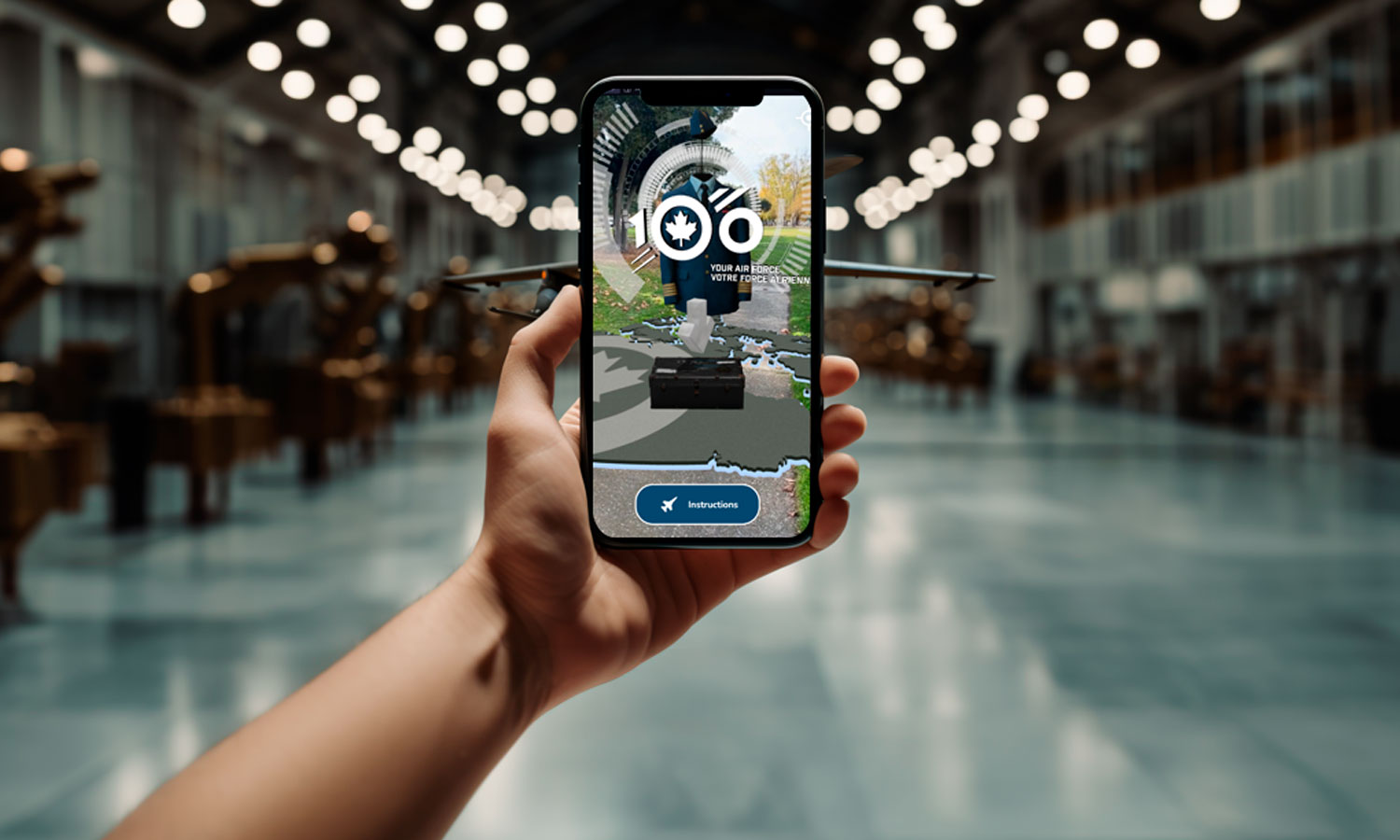

 100th Anniversary – Augmented Reality Presentation
100th Anniversary – Augmented Reality Presentation
Home | 100th Anniversary – Augmented Reality Presentation
Step into history like never before with our new Augmented Reality (AR) experience!
Simply scan the QR code with your phone or click the link and follow the prompts.
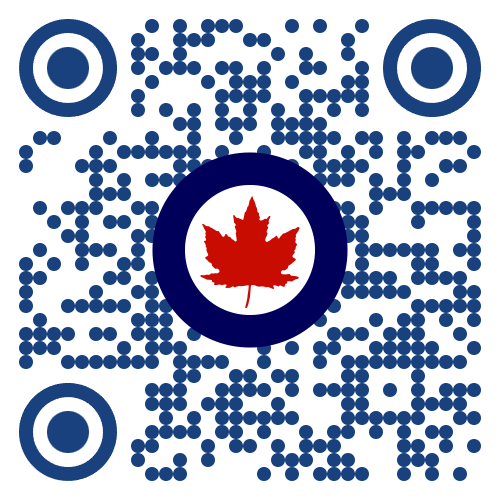
Scan the above QR code with your mobile phone camera to open the augmented reality experience!!
Innovation plays a crucial role in learning history, as it allows us to engage with the past in dynamic and immersive ways. As Commander Lieutenant-General Kenny Commander of the Royal Canadian Air Force (RCAF) rightly said, “History is one of the greatest teachers and providers of lessons learned.” By using innovative technologies like AR, we can delve deeper into historical events and gain valuable insights into the challenges faced by those who came before us.
Through this AR experience, you’ll gain a deeper appreciation for the contributions of the RCAF and its personnel to Canada’s history, particularly during challenging times. As we celebrate the RCAF Centennial, let us reflect on the sacrifices and achievements of those who have served our nation with pride and dedication. Join us on this journey to honor our rich heritage, as we commemorate 100 years of excellence in the skies.
Here are instructions on how to view the augmented reality presentation on your phone.
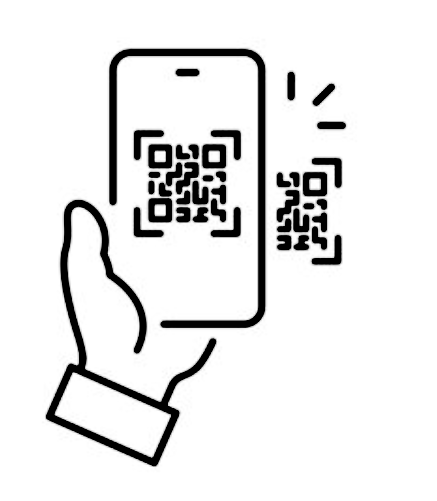
Open the camera on your smartphone or tablet.

Focus the camera on the QR code. A URL should appear. Click the URL to open the AR experience. If you are on a desktop computer without a camera, type the URL of the augmented reality project into the browser’s address bar.

Once the project loads, you’ll see the augmented reality content overlaid on your device’s camera view.
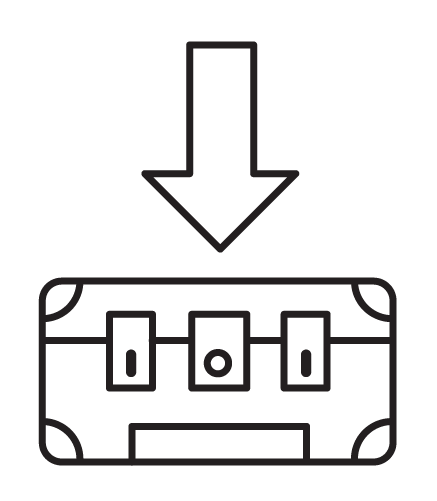
When the project opens, click on the foot locker to see the 10 different artifacts to explore.

Each artifact contains clickable hotspots. Clicking any hotspot will open an information panel that explains the different aspects of the artifact.
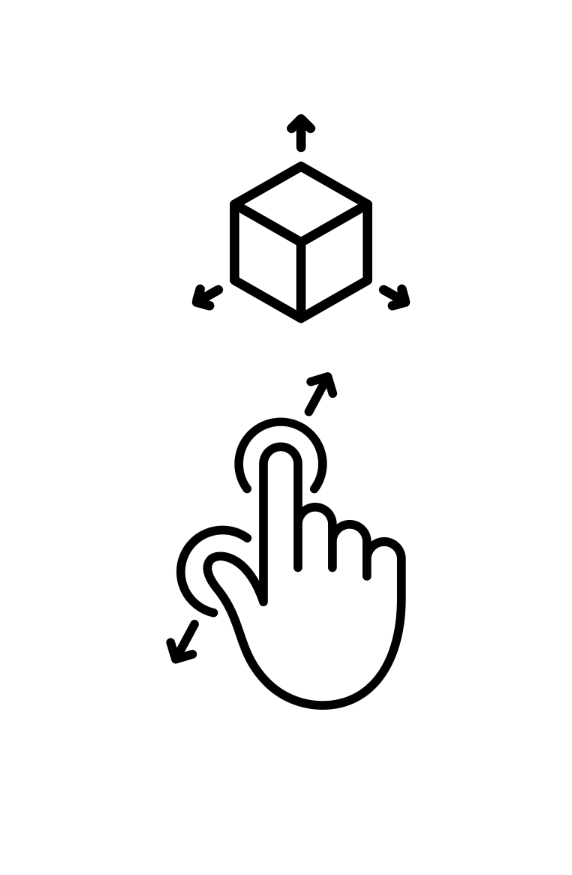
Pinch your fingers together on the screen to zoom in, and spread them apart to zoom out. This will adjust the scale of the content.
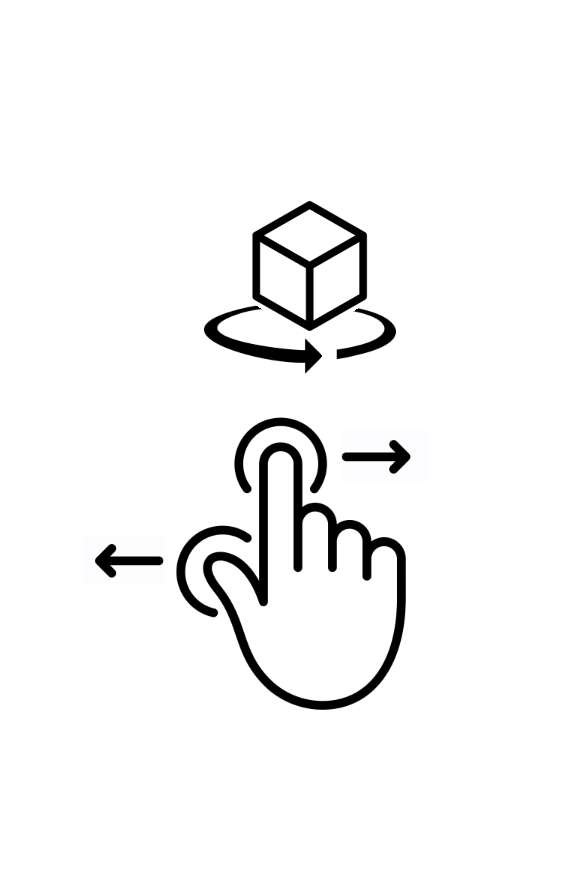
Use two fingers to rotate the device left or right to rotate the content.

To navigate back to the main menu, look for a “back” arrow icon (usually located in the top-left corner of the screen) and tap it.

If you find yourself disoriented or off-center in the augmented reality scene, look for a crosshair icon (usually located in the top-right corner of the screen) and tap it to re-center the scene.

Explore the augmented reality content by moving your device around to view it from different angles.
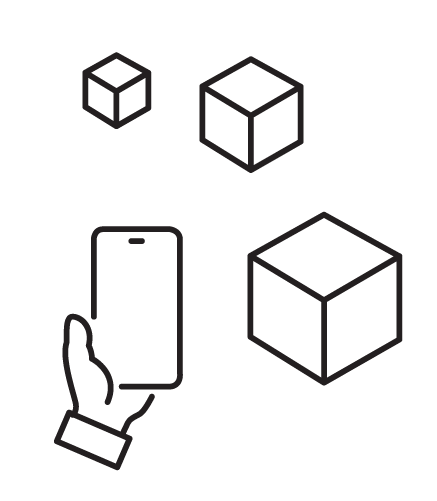
Explore your environment for additional mini games and fun content.

Enjoy the immersive experience of augmented reality!
Read all about the artifacts you’ll see in the presentation!
This Augmented Reality experience features 10 objects from the book, “100 Objects for 100 Years – A History for the Royal Canadian Air Force Centennial,” which was published to celebrate the Centennial of the RCAF. Both the book and the AR experience draw from objects displayed in military museums across the country. Below, you’ll find links to the museums where each of the ten objects is housed.
The Canadian invention, the “Bear Trap,” is super cool! It helps Sea King helicopters land safely on naval ships, even in rough waters. This clever device grabs onto a tether lowered from the underside of the helicopter which is then pulled down under tension. Once on deck, the tether and beartrap keep the helicopter from sliding around on the deck.
Carved under dire conditions, this spoon symbolizes Birchall’s bravery during the Second World War. Despite being shot down while on patrol, Birchall’s warning of a pending attack saved countless lives, earning him the title “Saviour of Ceylon.”
Carved under dire conditions, this spoon symbolizes Birchall’s bravery during the Second World War. Despite being shot down while on patrol, Birchall’s warning of a pending attack saved countless lives, earning him the title “Saviour of Ceylon.”
The Canadian Military’s Dracougar Soapbox is all about fun and its not the only one. This one is on display at the Cold Lake Air Force Museum but countless more were made by families and RCAF members to be used in competitions, adding excitement and camaraderie to military life. Before video games and groups like the RCAF Game Force, this was a great way for military members and their families to bond and enjoy some friendly racing action together!
The SAGE Air Defense System was a groundbreaking innovation, introducing the first light gun. This technology paved the way for modern video games, like Duck Hunt, by using light sensors to interact with targets. It’s a cool example of how military tech can inspire fun and entertainment!
Col. Chris Hadfield is a Canadian hero known for his career in the military and space exploration. He served as an astronaut, spending time on the International Space Station. His achievements inspire many, showcasing Canada’s contribution to space exploration and the military. You can see this uniform at the National Air Force Museum of Canada in Trenton.
The 1948 RCAF Flyers, led by “Red Gravelle,” showcased national pride by using the iconic roundel as the crest on their hockey jerseys. This symbolized their connection to the Royal Canadian Air Force, uniting them as a team representing Canada on the international stage with style and spirit.
The 1948 RCAF Flyers, led by “Red Gravelle,” showcased national pride by using the iconic roundel as the crest on their hockey jerseys. This symbolized their connection to the Royal Canadian Air Force, uniting them as a team representing Canada on the international stage with style and spirit.
The Canadian CF-18 Hornet Arctic Survival Pod is a lifesaver! Designed to be dropped to downed aircraft in Arctic conditions it provides essential medical and safety gear to keep crash survivors safe and warm. This innovation ensures pilots can stay safe and warm until rescue teams arrive, highlighting Canada’s commitment to protecting Canadians who need help even in extreme conditions.
The Link Trainer was a pioneering flight simulator which had a roof which could be closed teaching pilots how to fly without visual cues, known as blind flying. This innovative design helped train pilots to navigate safely in challenging conditions, enhancing their flying skills and confidence. This innovation and piece of RCAF Centennial history can be found at museums across Canada, but this one, you can visit at the Base Borden Military Museum.
RCAF Centennial Patch: Emblematic of heritage and aspiration, embodying “Your Air
Force,” symbolizing the RCAF’s commitment to Canadians and aviation excellence.